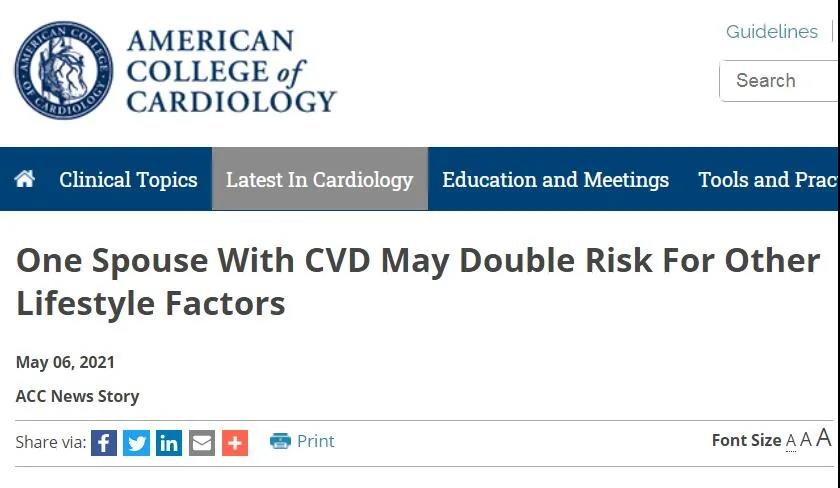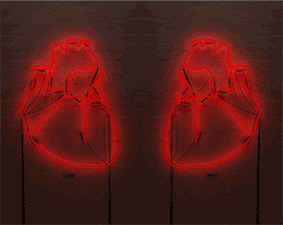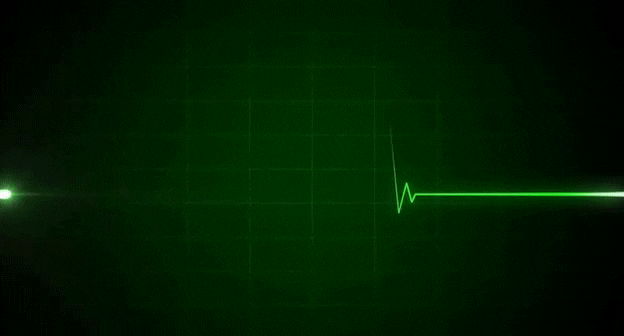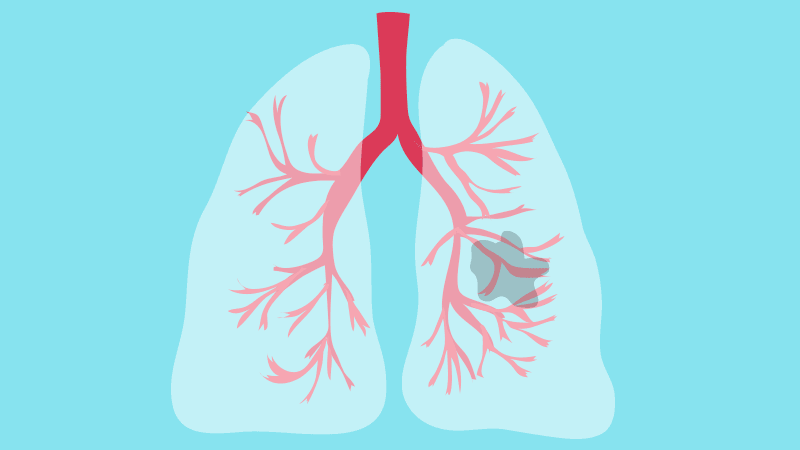
“Husband and wife” is often used to describe a couple who are very affectionate, their looks are becoming more and more similar, and the temperament between their gestures and their feet is becoming more and more similar.
In fact, couples who have lived together for a long time will not only have similarities in appearance, shape, and behavior, but they will also become more and more similar in their illnesses.

A recent study found that as couples live for a long time, the risk of heart disease will become more and more “like”. Explain in detail the risk of joint disease between husband and wife, and list 12 hidden symptoms of heart disease.
Heart disease is also a “conjugal disease”
Recently, in a study published at the 70th Annual Scientific Meeting of the American College of Cardiology, researchers from China surveyed more than 5,000 couples in 7 regions of China and found that the couples who live together are not related by blood. , But if a person suffers from cardiovascular disease, then his spouse is more than twice as likely to suffer from cardiovascular disease.

Participants provided personal health history of themselves and their spouses (including detailed information on body mass index and blood pressure and other factors known to increase cardiovascular disease risk), lifestyle (including physical activity, smoking and drinking, etc.), as well as financial status.
From the results of the study, the wife suffers from cardiovascular disease, and the ratio of the husband to the disease is 28%; the wife does not have cardiovascular disease, and the ratio of the husband to the disease is only 12.8%. Wives who are obese, stroke, or have a history of smoking, husbands are most likely to suffer from cardiovascular disease.
In contrast, if the husband suffers from cardiovascular disease, the ratio of the wife to the disease is 21%; the husband does not have cardiovascular disease, and the ratio of the wife to the disease is only 9%. The husband has a history of stroke, and the wife is most likely to suffer from cardiovascular disease.
It can be seen from the data that for men, the relationship between the spouse’s cardiovascular disease history and the individual’s disease risk is more significant. Researchers believe that this may be due to the fact that in the traditional family structure, the wife is more involved in diet and lifestyle planning.

A study by the Brigham and Women’s Hospital in the United States also found that there are many similar risk factors for heart disease between husbands and wives, which eventually make them both sick.
The researchers followed 5364 couples for 5 years and recorded their smoking status, body mass index, physical activity, healthy eating score, total cholesterol, blood pressure, and fasting blood glucose. Finally, the subjects were divided into three levels: ideal, medium, and very poor according to their conditions.
It was found that when only individuals were examined, more than half of the subjects did not smoke, and their total cholesterol and fasting blood glucose were at ideal conditions; 12% of the subjects were at ideal levels of cardiovascular health. When considering as a couple, more than half of the couples have the same cardiovascular disease risk factors, such as lack of exercise, “three highs”, unhealthy diet, etc.; if one of them is in the ideal category, the other is also in a high probability. Ideal category.
Heart disease can be divided into four categories
The heart is like a well-structured house with 4 main systems—circuits, waterways, doors, windows, and walls. The problems of these 4 systems correspond to 4 types of heart diseases.
Problem with “circuit”
It is often called arrhythmia. There is a structure on the heart called “sinus node” from which the electrical signals of normal heart rhythm are sent out, called “sinus rhythm”. Fast or slow heartbeats caused by any reason, or heart rhythms that are not sent from the sinus node, are arrhythmia. There are many manifestations, such as palpitation, palpitations, shortness of breath, feeling of loss, sweating, dry cough, black eyes, and fainting. , And even sudden death.

It can be diagnosed by electrocardiogram (including Holter) or electrophysiological examination. The cause can be primary arrhythmia, or it can be secondary to any heart disease or other diseases.
Problems with the “waterway”
When the vasculature fails, it becomes coronary heart disease, the full name is coronary atherosclerotic heart disease. As the name suggests, this disease is caused by hardening of the coronary arteries that supply blood to the heart.
After coronary arteriosclerosis, the blood vessels become narrow and the myocardium will be ischemic. As a result, angina pectoris, myocardial infarction or asymptomatic coronary stenosis are all waterway problems and all belong to the category of coronary heart disease.
Problems with “doors and windows”
It is a problem with the heart valve, which is called valvular disease. The heart house is exactly a “four-bedroom”. The four bedrooms are called the left atrium, the left ventricle, the right atrium and the right ventricle. The atria are on the top and the ventricles are on the bottom. The two atria are connected to the two ventricles respectively, and the two ventricles are connected to the two large arteries (aorta and pulmonary artery) respectively.
Heart valves include the mitral valve, tricuspid valve, aortic valve, and pulmonary valve. They are the doors and windows that open between the atrium and the ventricle, the ventricle and the aorta, but they can only be opened to one side to ensure that the blood flow moves in one direction.

Valvular disease is congenital, that is, congenital heart disease; there are also acquired, such as rheumatic heart disease, senile degenerative disease, and other heart diseases.
In addition, if the place that should be closed is “opened”, such as the connection between two atria or ventricles, an atrial septal defect or ventricular septal defect has occurred.
“Wall” has a problem
It is myocardial damage, that is, cardiomyopathy. There are two types, one is secondary to other diseases, such as hypertensive heart disease and ischemic cardiomyopathy caused by myocardial infarction; the other is primary, such as dilated cardiomyopathy and hypertrophic cardiomyopathy.
In reality, it is sometimes impossible to distinguish these diseases very clearly, because the diseases often overlap, rather than being completely independent. For example, a myocardial infarction that is a “waterway” disease may not only cause the “circuit” problem of arrhythmia, it can also affect the valve, causing “doors and windows” problems, and it can also lead to the “wall” problem of heart enlargement. Therefore, specific problems of heart disease should be analyzed in detail.
12 hidden symptoms of heart disease
Although heart disease is a major killer of human health, the symptoms are not clear. The US “Medical Network” reported that people who are over 65 years old, have “three highs” or smokers should pay attention to the following 12 hidden symptoms.
Extreme anxiety
Before a heart attack, patients may feel unusually panic, shortness of breath, palpitations, chest pain, and dizziness.
Chest discomfort
The source of chest pain related to the heart is usually located below the breastbone, slightly closer to the left side of the center, and there is a greater sense of pressure, or squeezing, or swelling in the chest.
Cough
In heart failure, fluid may accumulate in the lungs, causing a constant cough or wheezing, and sometimes bloody sputum.

Dizziness
A heart attack may cause arrhythmia, causing dizziness and even fainting. However, other diseases can also cause dizziness and should be diagnosed by a doctor.
Fatigue
Sometimes patients feel abnormally tired a few days before the heart attack. If the degree of fatigue affects daily activities, they should see a doctor.
Nausea or loss of appetite
During a heart attack, nausea, indigestion, vomiting, or abdominal distension can be induced due to a weakened heart or blocked arteries causing poor circulation. This situation is more common in women.
Pain in other parts of the body
During a heart attack, the pain can start from the chest and spread to the shoulders, arms, back, neck, chin, or abdomen. Men may feel pain in their left arm, and women may have pain between the arm or shoulder blades. The pain may be repeated, sometimes mild and sometimes severe.
Fast or irregular pulse
If your heart rate is fast or irregular, accompanied by weakness, dizziness or shortness of breath, seek medical attention immediately.
Shortness of breath
During a heart attack or heart failure, the patient may feel out of breath. Shortness of breath may also be a symptom of other diseases and should be confirmed by a doctor.

Sweating
If you don’t have a fever, do not do heavy physical work or are in a hot environment, then for no reason
Edema
When the heart is weak, the pumping effect is not good, causing fluid retention, and promoting edema of the lower limbs or abdomen.
Weak
Unexplainable weakness may be a sign of impending heart disease. At this time, the heart is not pumping enough blood, and the heart, lungs, brain, and muscles are not nourished by sufficient blood.
Comments